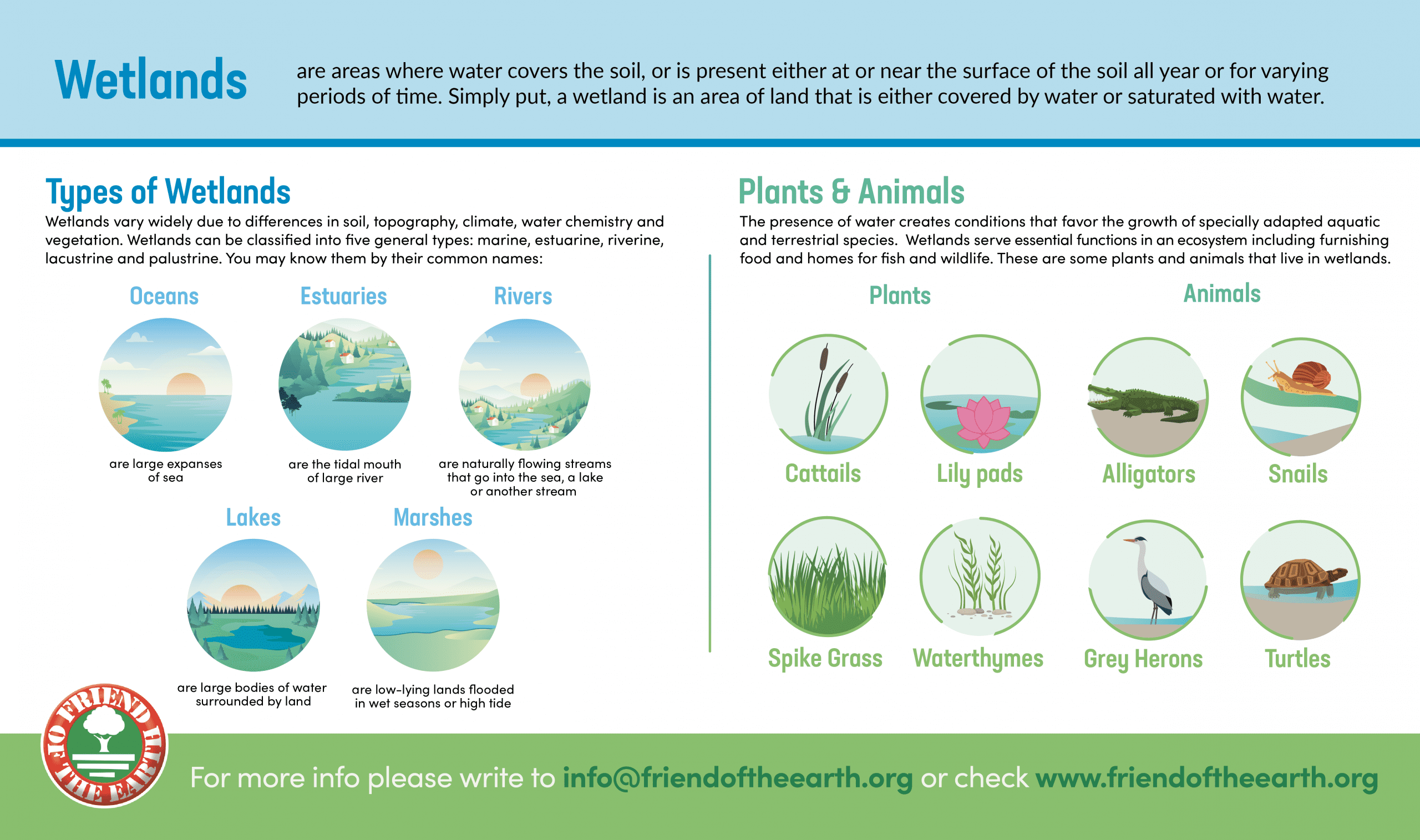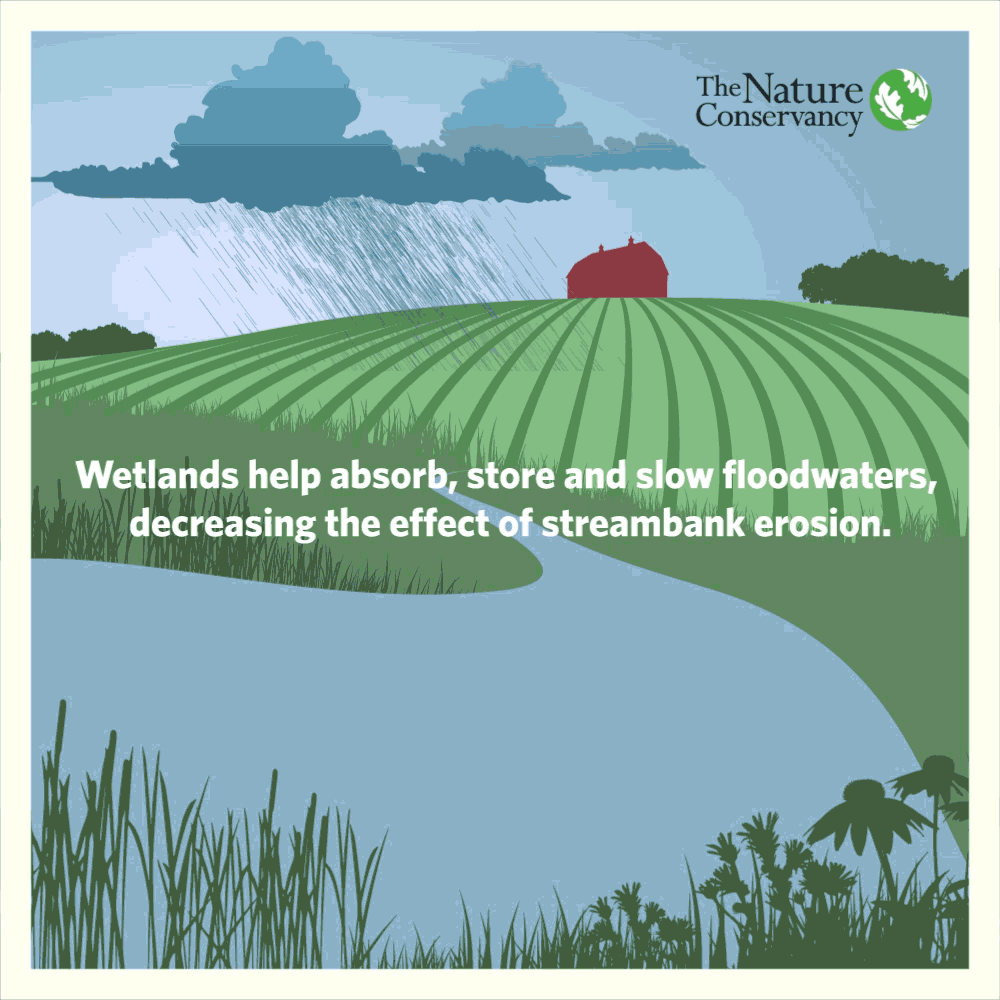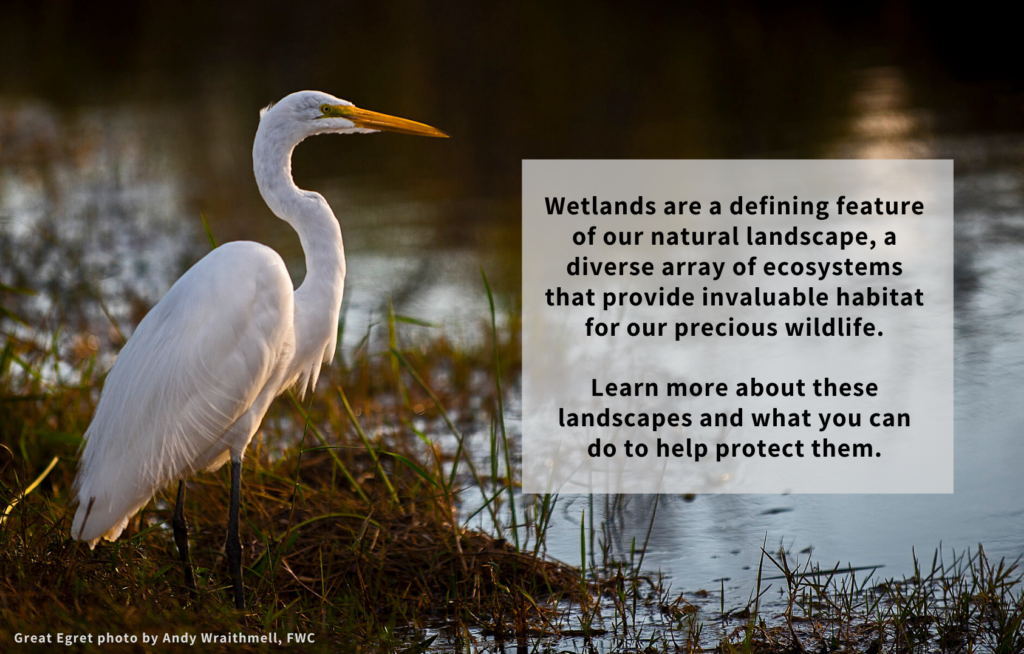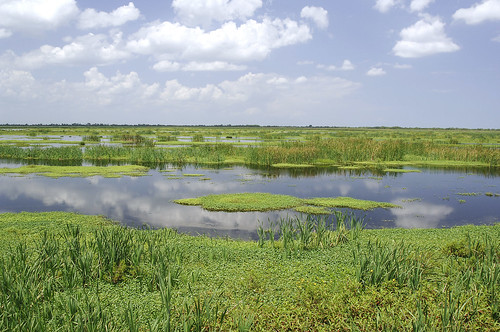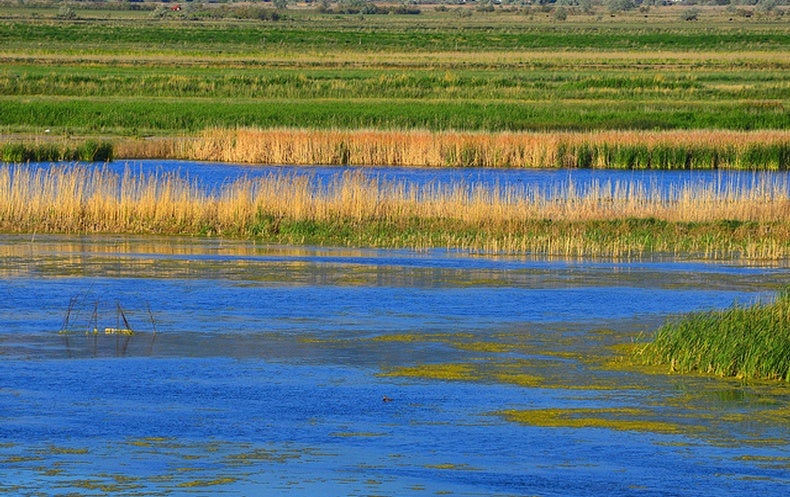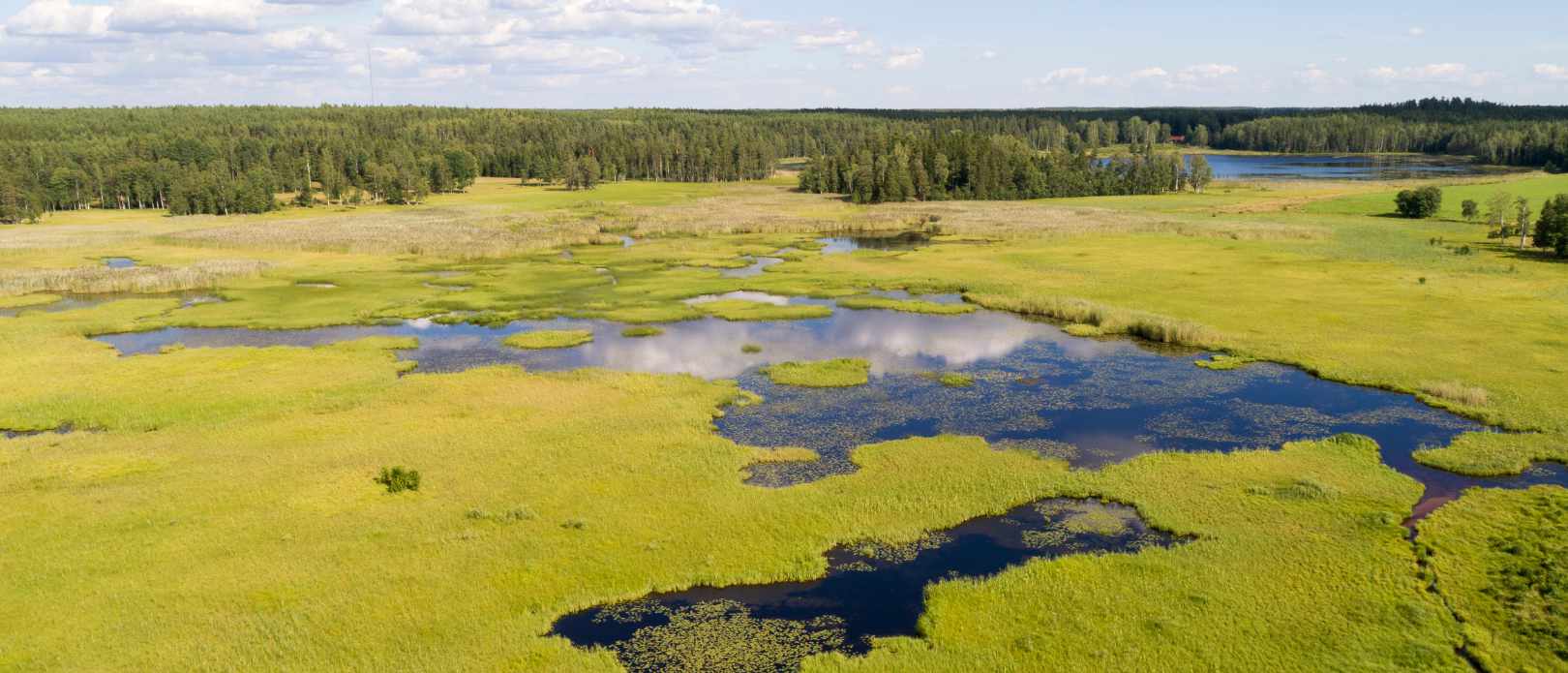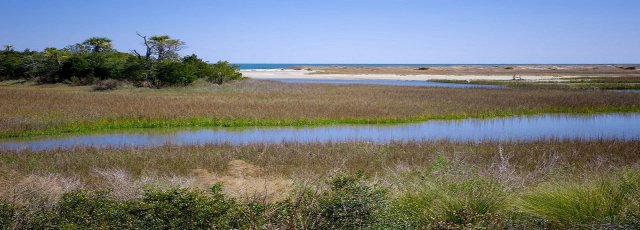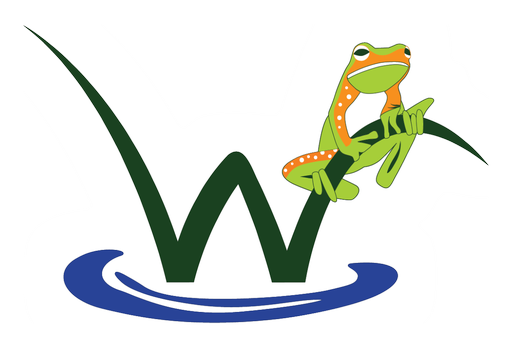Have A Info About How To Help The Wetlands

Three constructed wetlands, each made up of.
How to help the wetlands. This helps keep rivers and lakes full, which reduces the strain on wetlands. Wetlands can intercept runoff from surfaces prior to reaching open water and remove pollutants through physical chemical and biological. It still has some wetland characteristics, such as saturation.
Southwest of corinne at the chesapeake duck club, established in 1903, ducks unlimited and volunteers from the club set about wetland restoration work one early july. How do wetlands help reduce water pollution? Wetlands provide critical habitat for hundreds of species of fish, birds, mammals and invertebrates while improving the health of the bay by collecting and storing flood waters,.
How do wetlands help the water cycle? Wetlands also reduce water flow thus allowing sediments. Here are five ways to conserve wetlands.
Wetland restoration and protection is important to maintain critical wildlife habitat, help meet state and tribal watershed goals and contribute to economic well. Paying attention to what goes down storm drains can protect them, too. Improve the health of wetlands by planting a buffer strip of native plants.
Below are five ways to help your wetlands survive and thrive, and to become a steward of the environment in the process. Create a native plant buffer strip. Wetlands play a critical role in maintaining many natural cycles and supporting a wide range of biodiversity.
Wetlands ecosystems are vital parts of hydrological cycle, highly productive, support rich biodiversity and provide a wide range of ecosystem services. Wetlands prevent flooding by temporarily storing and slowly releasing stormwater. Assistant professor of biology lisa chambers collects a soil sample from the merritt island national wildlife refuge to help study wetland ecosystem changes over time.
